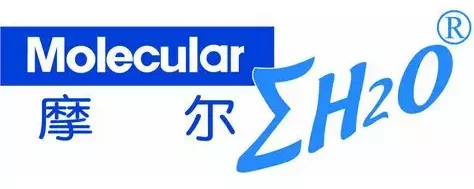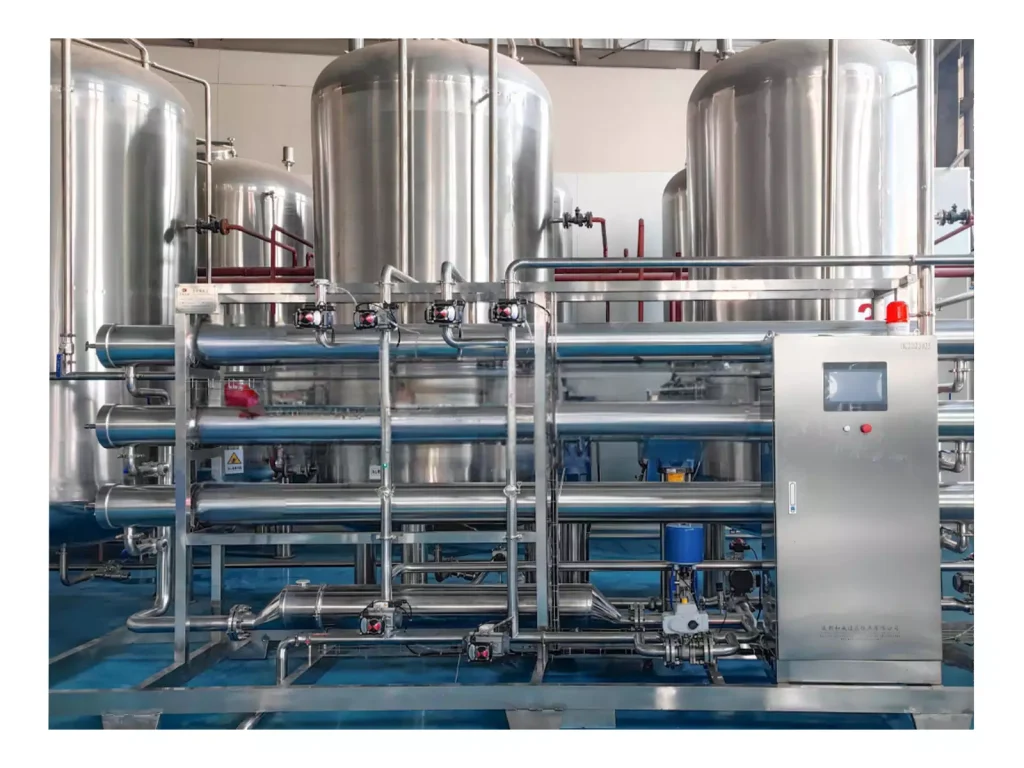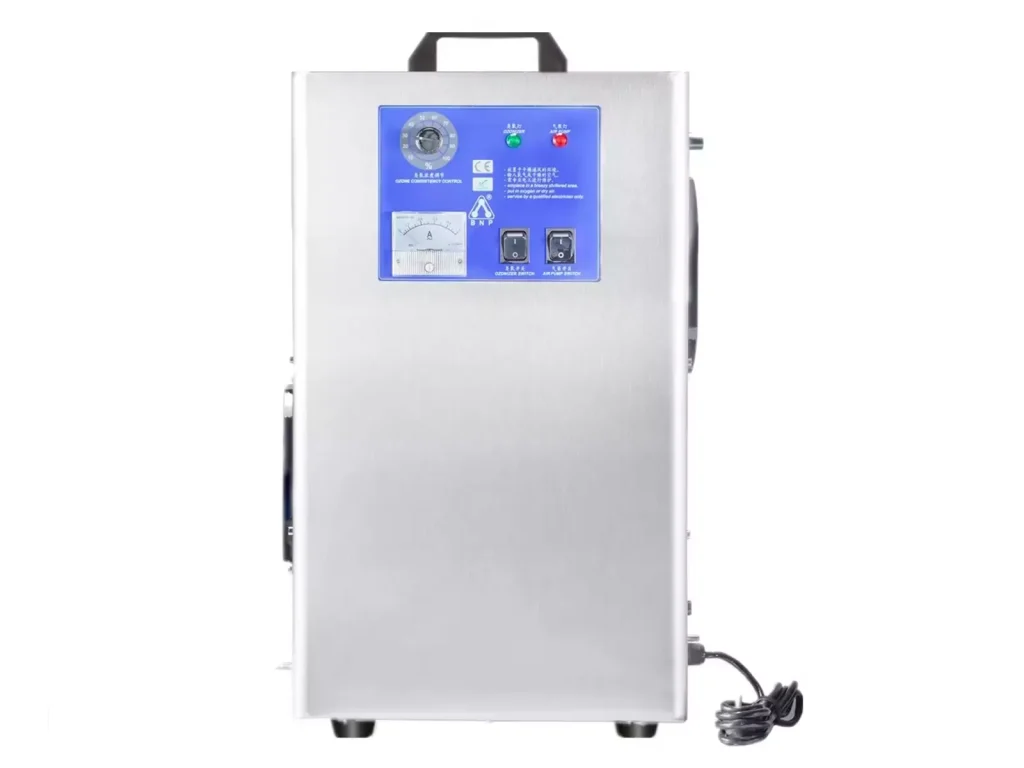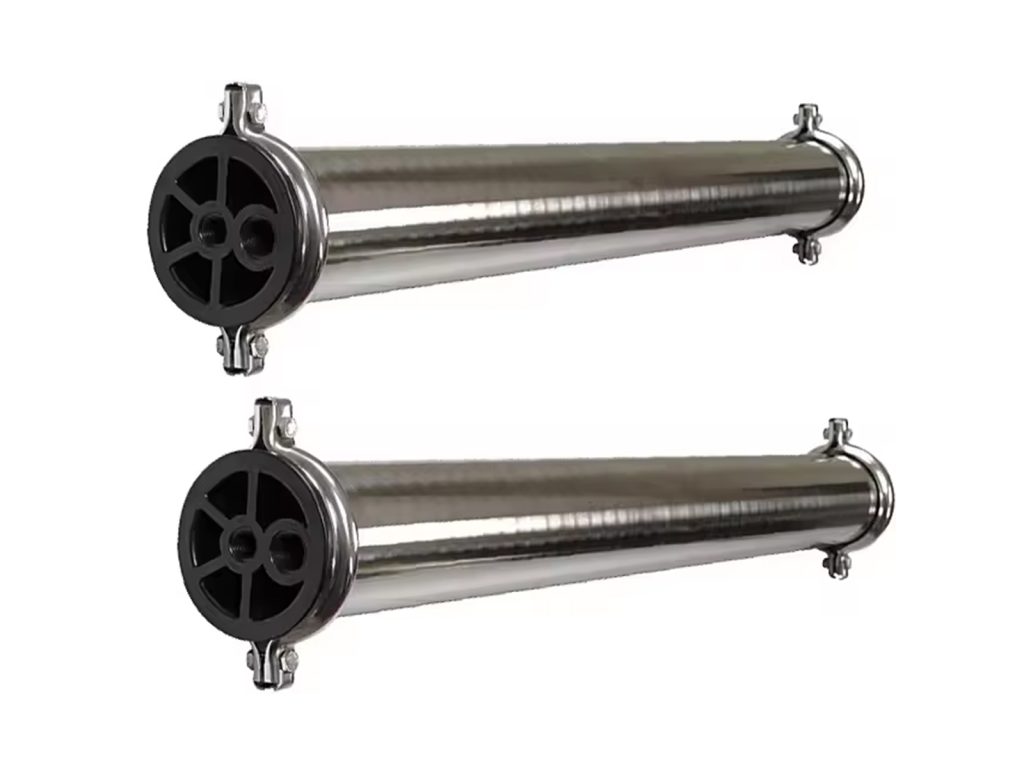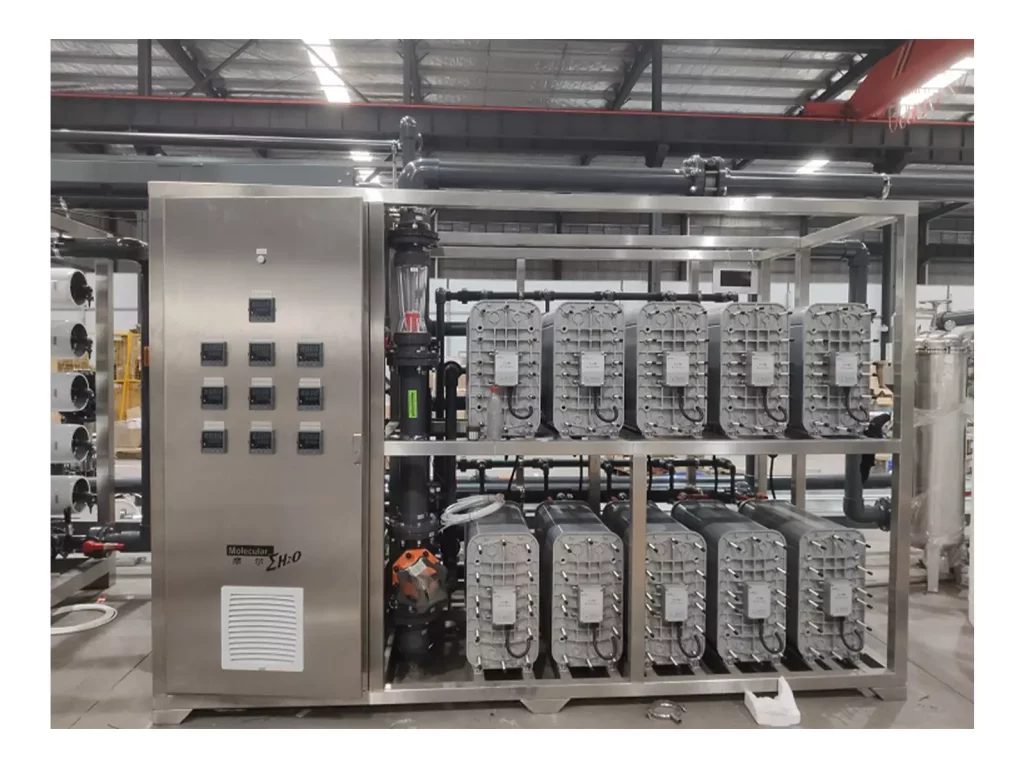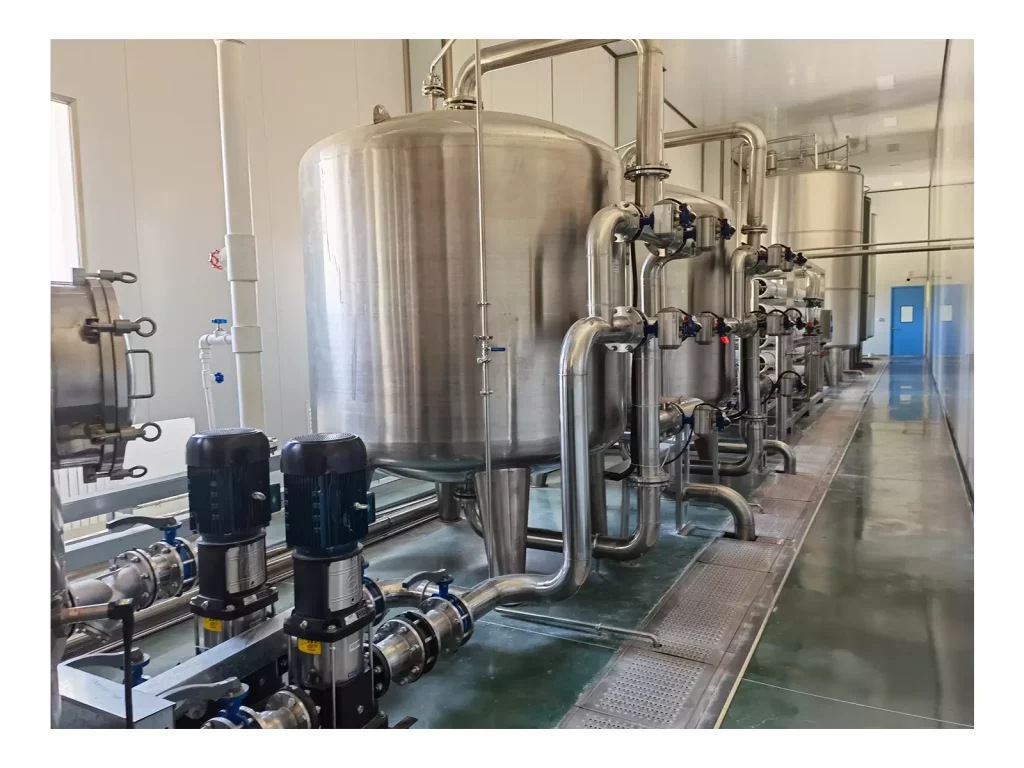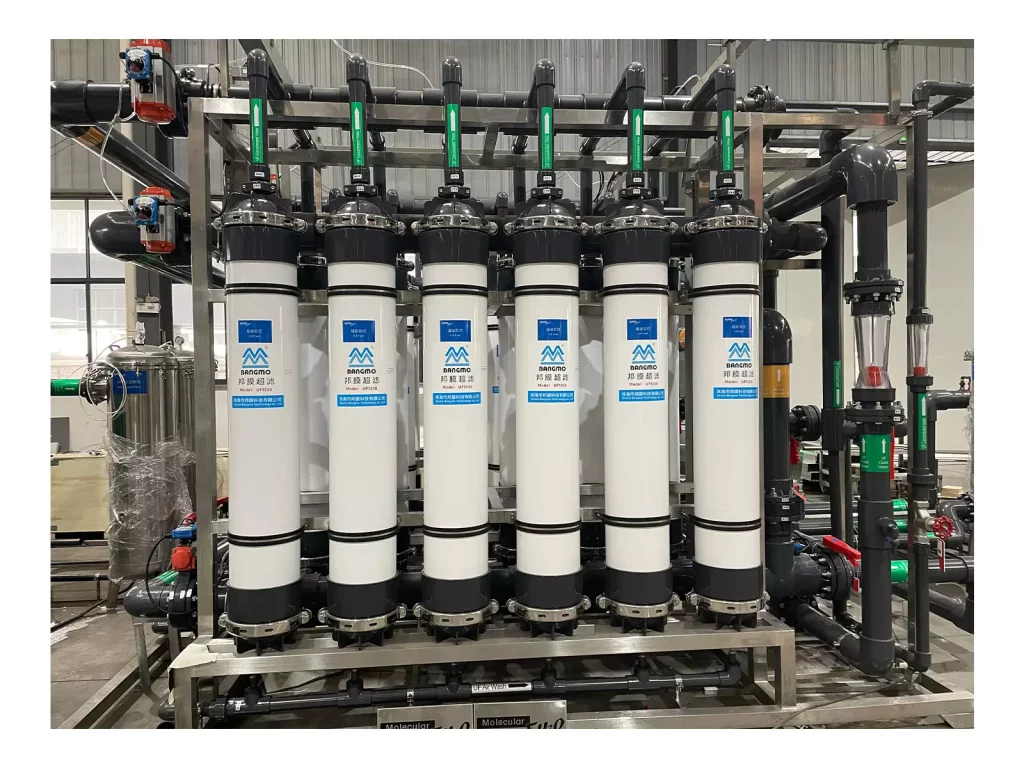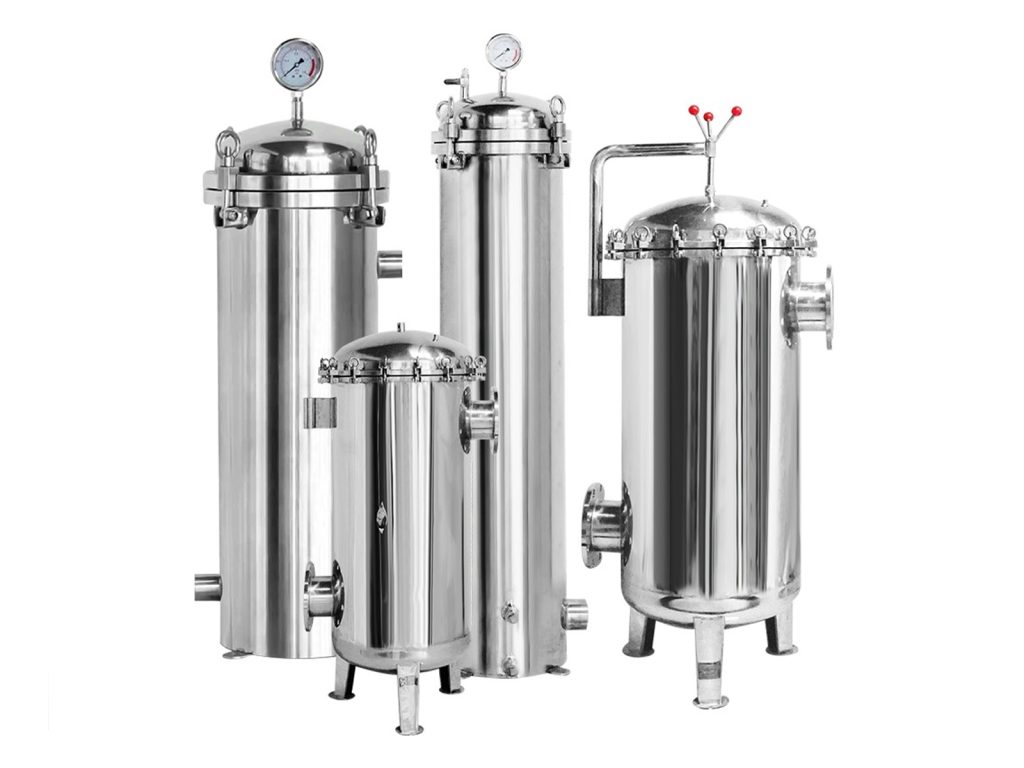The textile industry is the cornerstone of the global economy and is also one of the world’s largest consumers and polluters of water resources. From the dyeing of a T-shirt to the post-treatment of large rolls of fabric, this industry is highly dependent on fresh water, and the resulting wastewater is a complex mixture composed of chemicals, dyes and salts. With the increasingly severe shortage of water resources and the continuous strengthening of supervision, the traditional water usage model of “acquisition – production – discharge” has become unsustainable. This has given rise to a transformative approach: Zero liquid Discharge (ZLD). ZLD is not merely an advanced wastewater treatment method, it is also a strategic priority that redefines water as a recyclable resource, paving the way for building a resilient, compliant and truly sustainable textile industry.
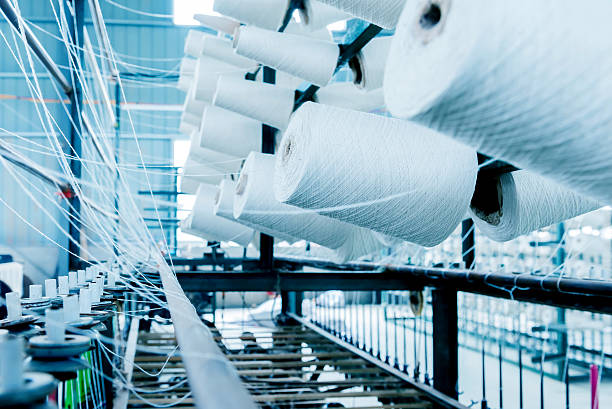
The Current Situation Of Pollution In The Textile Industry
The manufacturing process in the textile industry is complex, involving multiple steps such as spinning, dyeing, printing and post-treatment, each of which generates different types of pollutants. Common textile industry pollutants include organic dyes, suspended solids, acid and alkali wastewater, and various chemical auxiliaries. Untreated wastewater discharged directly into rivers or drainage systems not only damages water quality but may also have long-term impacts on human health and ecosystems.
Traditional wastewater treatment methods mostly rely on physical sedimentation and chemical neutralization, but these approaches often fail to completely remove all pollutants, especially dye and trace organic residue. Therefore, the textile industry urgently needs a more efficient and sustainable wastewater treatment solution.
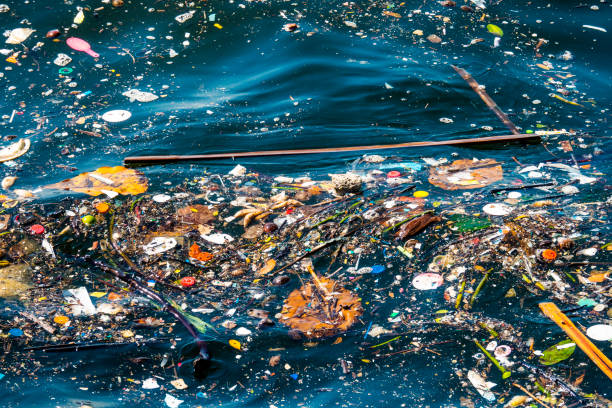
Why Does The Textile Industry Need Zero Liquid Discharge System?
The core concept of the Zero Liquid Discharge (ZLD) system is to achieve zero discharge of wastewater, completely recycling wastewater or converting it into reusable water resources. This can not only reduce the pressure of environmental pollution, but also help enterprises save water resources and achieve sustainability in textile industry.
Compared with traditional processing methods, the ZLD system has obvious advantages:
- Wastewater recycling: After membrane separation, evaporation concentration and crystallization treatment, wastewater can be repeatedly used in the production process, reducing the demand for fresh water.
- Reduction in discharge volume: The significant decrease in wastewater discharge volume helps enterprises meet environmental protection regulations.
- Enhance environmental awareness: Adopt advanced environmental protection technologies to demonstrate corporate social responsibility and the concept of green production.
Therefore, the ZLD system is gradually becoming an important choice for the textile industry to promote green transformation.
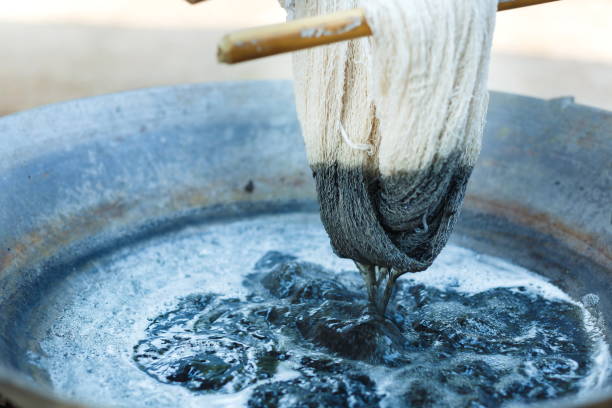
What Are The Key Technologies Of a Zero Liquid Discharge Textile Factory?
The construction of a textile zero liquid discharge plant usually involves a combination of multiple core technologies:
- Membrane separation technology (UF, NF, RO) : It removes suspended solids and dissolved pollutants from water through ultrafiltration, nanofiltration and reverse osmosis membranes to achieve water purification.
- Evaporation concentration and crystallization: High-concentration wastewater is evaporated to separate solid waste, achieving zero liquid discharge.
- Chemical precipitation and sludge treatment: It involves the precipitation and treatment of some difficult-to-treat chemical substances in wastewater to reduce the system load.
- Integrated ZLD system: By integrating the above-mentioned technologies, it realizes the recycling and reuse of wastewater and the safe treatment of solid waste, thereby enhancing the overall treatment efficiency.
The reasonable combination of these technologies can flexibly design systems for different textile processes and wastewater quality, ensuring a balance between economy and environmental protection.
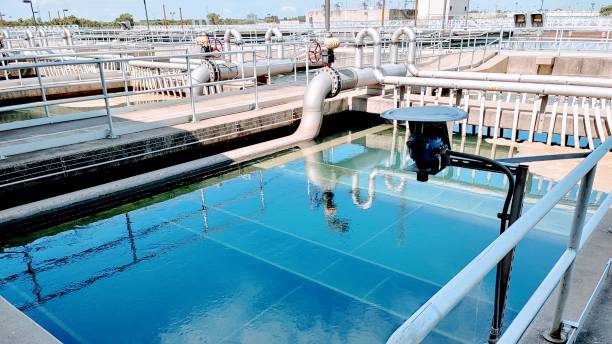
How To Choose a Zero Liquid Discharge System Suitable For The Textile Industry?
Choosing the appropriate ZLD system is an important decision faced by every textile enterprise. The following aspects are key considerations:
- Wastewater quality and pollutant types: The chemical composition of wastewater produced by different processes varies greatly. The system design should select treatment technologies based on the main pollutants.
- Water production capacity and recycling requirements: Based on daily water consumption and production plans, determine the system scale and membrane module specifications to ensure a stable supply of circulating water.
- System energy efficiency and operating costs: Assess equipment energy consumption, chemical consumption and maintenance costs to ensure the long-term economic feasibility of the system.
- Scalability and maintenance convenience: The system should be easy to expand or upgrade in the future, while also being simple to operate and maintain.
- Compliance and environmental protection standard compliance: Ensure that the system complies with local environmental protection regulations and emission requirements.
The zero-discharge solutions provided by Molewater have designed a variety of combined treatment schemes based on the wastewater quality and water production requirements of different factories, and have verified the water recycling rate and stability in actual operation. If you need a clearer understanding of the system design features, operational efficiency and potential benefits, please feel free to contact Molewater.

The Economic And Environmental Benefits Of a Zero Liquid Discharge Textile System
Adopting a zero liquid discharge system not only brings environmental benefits but also significant economic returns:
- Save water resources: By recycling wastewater, the cost of purchasing fresh water can be significantly reduced.
- Reduce wastewater discharge: Help enterprises meet discharge standards, avoid fines and environmental risks.
- Enhance brand image: Green production and environmental protection investment enhance the corporate social responsibility image and strengthen market competitiveness.
In addition, with increasingly strict environmental protection requirements, the ZLD system can also provide compliance advantages for enterprises to expand in the international market.
The Path To Achieving Sustainable Development In The Textile Industry
To achieve sustainable development, textile enterprises should not only focus on wastewater treatment but also start from the overall production process:
- Textile industry manufacturing process: Optimize the production process and reduce the generation of wastewater and pollutants.
- Introducing the ZLD system and circulating water management: maximizing the utilization of water resources and reducing external discharge.
- Policy promotion and industry standards: Adhere to local environmental protection policies and industry norms to ensure legality and compliance.
- Continuous improvement and technological innovation: Regularly assess system performance and continuously enhance processing efficiency by integrating new technologies.
Through these measures, the textile industry can ensure production while achieving environmental protection and sustainable development.
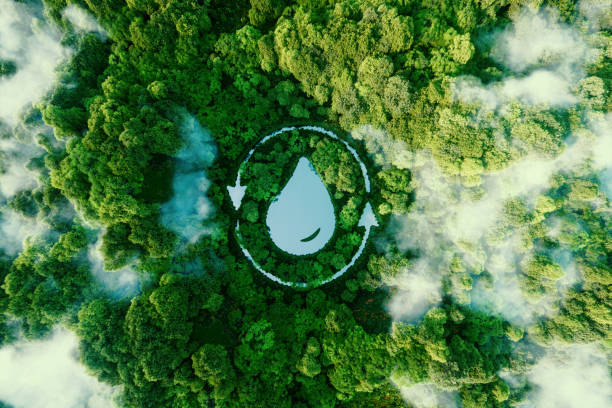
Conclusion
Zero liquid discharge systems are important tools for the textile industry to achieve sustainable development and environmental protection. With the advancement of technology and the enhancement of environmental protection requirements, the introduction of ZLD systems by enterprises can not only effectively reduce pollution but also save water resources and enhance their competitiveness.
Molewater can help your enterprise design and operate systems more scientifically, achieving the goals of water resource recycling and zero wastewater discharge. In the future, zero liquid discharge technology will become the core support for the green transformation of the textile industry, bringing long-term economic and social benefits to enterprises.
